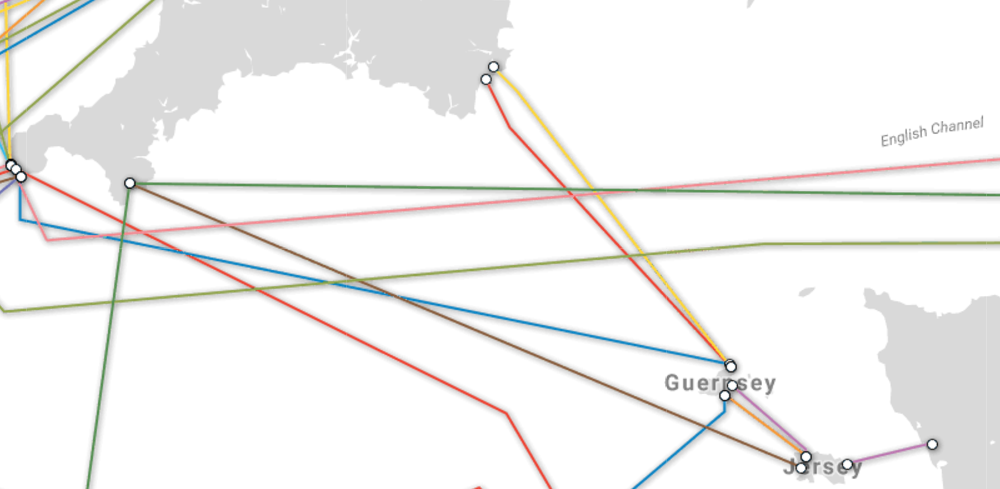Finding Excuses to Avoid Network Automation
My Network Automation in Enterprise Environments blog post generated the expected responses, including:
Some of the environments I am looking at have around 2000-3000 devices and 6-7 vendors for various functions and 15-20 different device platform from those vendors. I am trying to understand what all environments can Ansible scale up to and what would be an ideal environment enterprises should be looking at more enterprise grade automation/orchestration platforms while keeping in mind that platform allows extensibility.
Luckily I didn’t have to write a response – one of the readers did an excellent job:
Read more ... Image courtesy
Image courtesy  The red traffic is being served from our London data center (the normal location for all Jersey traffic) and the blue traffic is coming from our Paris data center. The step could well be caused by either a delayed break in one of the cables or the
The red traffic is being served from our London data center (the normal location for all Jersey traffic) and the blue traffic is coming from our Paris data center. The step could well be caused by either a delayed break in one of the cables or the  Tom Lantzsch makes the jump in January.
Tom Lantzsch makes the jump in January. Yep, still losing money (but growing mightily).
Yep, still losing money (but growing mightily).